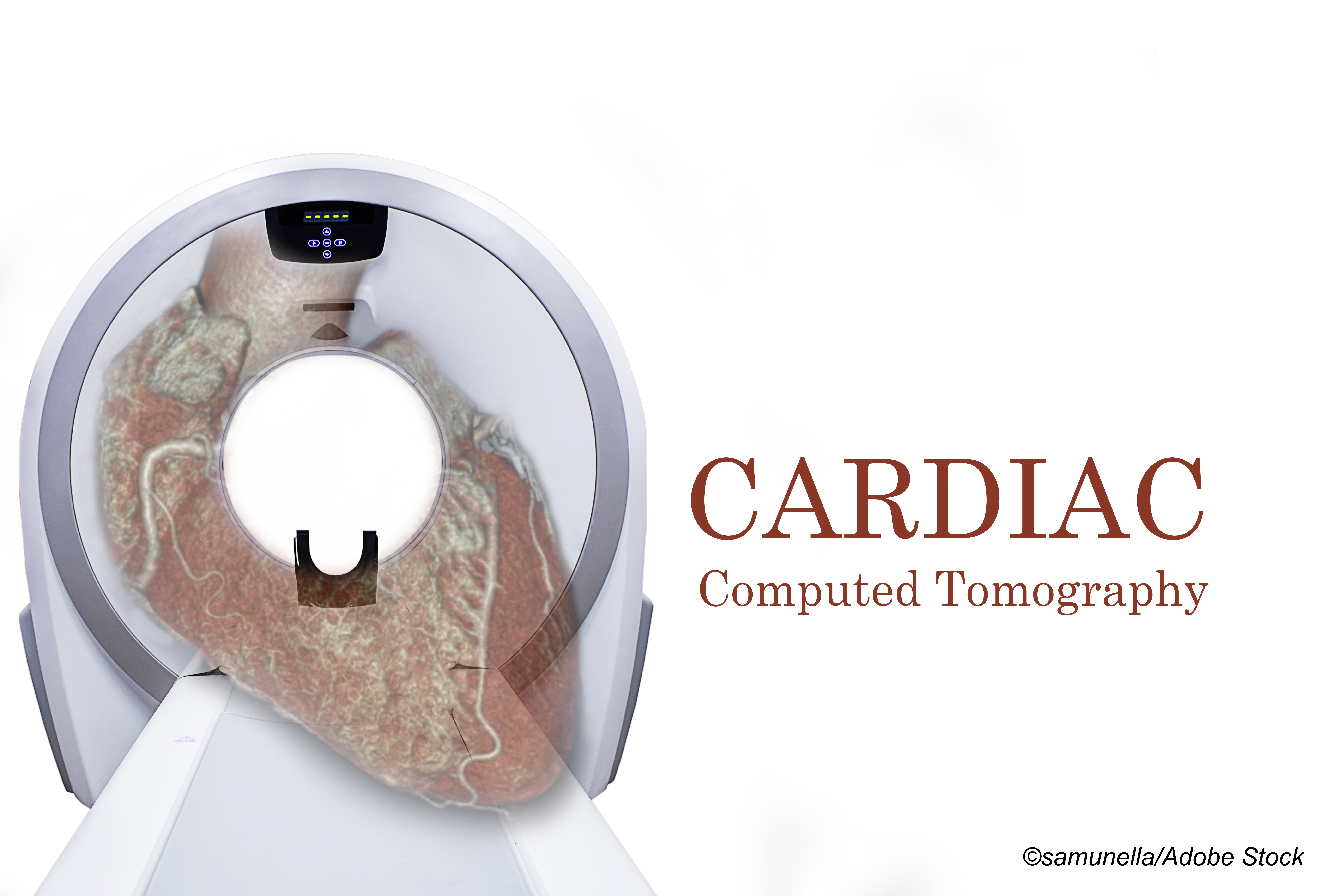
While Black individuals with stable angina seem to have a greater cardiovascular risk burden—including more hypertension and diabetes—compared with White individuals, they had lower rates of epicardial coronary artery disease (CAD), including lower coronary artery calcium, stenosis, and high-risk plaques, according to results from the PROMISE study, published in JAMA Cardiology.
Lili Zhang, MD, ScM, of Massachusetts General Hospital, Harvard Medical School, Boston, and colleagues conducted a post hoc analysis of the nested, observational PROMISE trial, which was conducted in 193 outpatient facilities in North America. They included data from 1,071 Black (mean age: 59 years; 60.3% women) and 7,693 White (mean age: 61.1 years; 52.4% women) patients with stable chest pain who were undergoing noninvasive cardiovascular testing for suspected CAD from Feb. 13, 2015, to Nov. 2, 2021.
“Non-Hispanic Black or African American individuals comprise 13% of the US population yet are historically underrepresented in clinical trials and epidemiologic studies. Black persons have a higher incidence of long-term coronary artery disease (CAD) morbidity and mortality compared with White persons. These differences may be attributed to a higher burden of cardiovascular disease risk factors and differences in socioeconomic and health care delivery factors,” they wrote.
“The Prospective Multicenter Imaging Study for Evaluation of Chest Pain (PROMISE) trial provides an opportunity to compare Black and White outpatients having noninvasive testing for suspected CAD. We sought to assess differences between self-reported Black and White persons in (1) cardiovascular risk burden, (2) MACE, and (3) in the coronary computed tomography angiography (CCTA) group, standardized core laboratory coronary plaque features,” they explained.
In Black patients, cardiovascular risk burden, which included hypertension and diabetes, was higher. Compared with Whites, Black patients had significantly higher measures/incidence of the following:
- Mean BMI: 32.3 versus 30.4, respectively (P˂0.001).
- Hypertension: 82.6% versus 62.6% (P˂0.001).
- Diabetes: 32.2% versus 18.4% (P˂0.001).
- CAD risk equivalent: 36.2% versus 22.4% (P˂0.001).
- Metabolic syndrome: 43.5% versus 36.4% (P˂0.001).
- A sedentary lifestyle: 58.4% versus 47.45% (P˂0.001).
Compared with White patients, however, Black patients had lower rates of the following:
- Dyslipidemia: 57.7% versus 68.5% (P˂0.001).
- Family history of premature CAD: 24.9% versus 33.9% (P˂0.001).
- History of depression: 15.5% versus 22.2% (P˂0.001).
But over the median two-year follow-up, Zhang and colleagues found a similar low major adverse cardiovascular event (MACE) rate in both groups (3.0% in Black patients versus 3.2% in White patients; P=0.84). Upon sensitivity analyses in the 6,993 patients with normal or mildly abnormal noninvasive testing and 4,559 patients not treated with statins, findings were similar.
Among the 3,323 patients who underwent CCTA, the factors associated with MACE in both Black and White patients were significant coronary stenosis (HR: 7.21; 95% CI: 1.94-26.76 versus HR: 4.30; 95% CI: 2.62-7.04, respectively) and high-risk plaques (HR: 3.47; 95% CI: 1.00-12.06 versus HR: 2.21; 95% CI: 1.37-3.57).
The burden of epicardial coronary artery disease, however, was less in Black patients, who had a lower prevalence of the following compared with White patients:
- Coronary artery calcium scores >0 (45.1% versus 63.2%, respectively; P˂0.001).
- Coronary stenosis ≥50% (8.6% versus 14.6%; P=0.001).
- High-risk plaque (37.6% versus 52.4%; P˂0.001).
Black patients were more likely to be treated with β-blockers and ACE inhibitors, but less likely to received statin therapy than White patients (41.7% versus 46.3%, respectively; P=0.007).
“To our knowledge, this study is the first to compare risk factors and MACE in Black and White individuals, with in-depth characterization of coronary plaque, including noncalcified plaque and high-risk plaque features, in a symptomatic ambulatory population undergoing noninvasive testing for stable chest pain. We found a higher cardiovascular risk burden in Black participants than in White participants, but a similar low incidence of MACE over a median follow-up of 24.4 months. These findings are concordant with acute coronary syndrome populations in whom there was higher cardiovascular risk burden on presentation and similar short-term mortality despite lower rate of coronary angiography/ intervention in Black patients compared with White patients,” wrote Zhang et al.
“Although some of the difference may be associated with the overall lower prevalence of coronary plaque in Black individuals, this incongruous situation in which Black individuals had more cardiovascular risk factors, yet less coronary plaque on CCTA and similar 2-year MACE, underscores the limits of our understanding of the relationship between risk factors and plaque in Black and White persons,” they concluded.
Limitations of the study include that it may not reflect a larger patient population in whom CAD is not suspected, its limited follow-up, underpowering to detect MACE differences between Black and White patients due to the low MACE rate, the use of self-reported race, and the exclusion of preventive and lifestyle variables.
Importantly, added Zhang and colleagues, “…CCTA allows for assessment of epicardial CAD but cannot evaluate microvascular disease, which could potentially explain the similar risk of MACE despite the lower burden of epicardial CAD between Black and White individuals.”
-
Researchers of the PROMISE study found that despite a higher risk burden, Black patients with stable angina have a lower rate of epicardial coronary artery disease compared with White patients.
-
The incidence of MACE in both Black and White patients in this study were similarly low.
Liz Meszaros, Deputy Managing Editor, BreakingMED™
The Prospective Multicenter Imaging Study for Evaluation of Chest Pain was funded by grants from the National Heart, Lung, and Blood Institute.
Zhang reported no disclosures.
Cat ID: 308
Topic ID: 74,308,730,308,914,192,925,481,96


